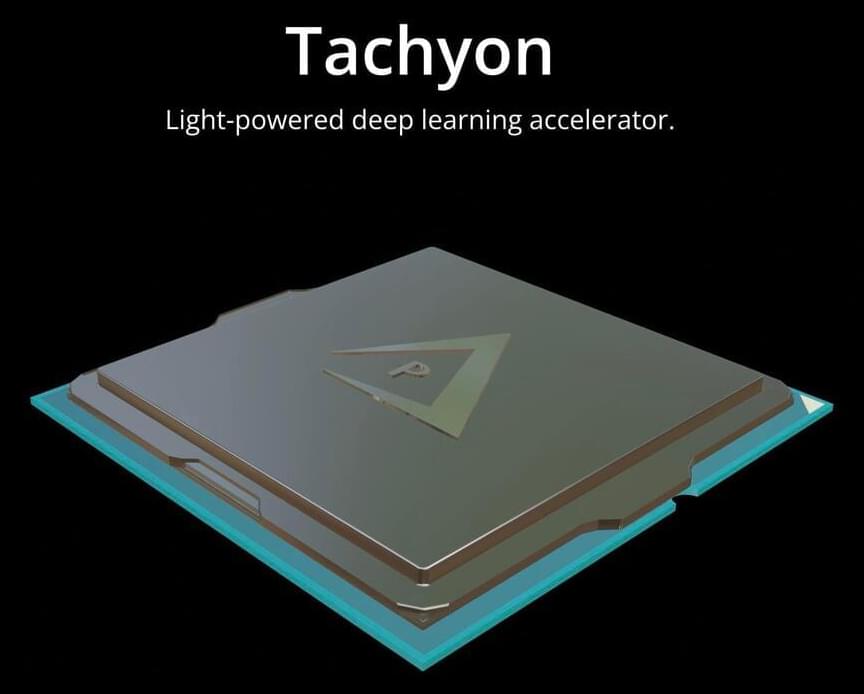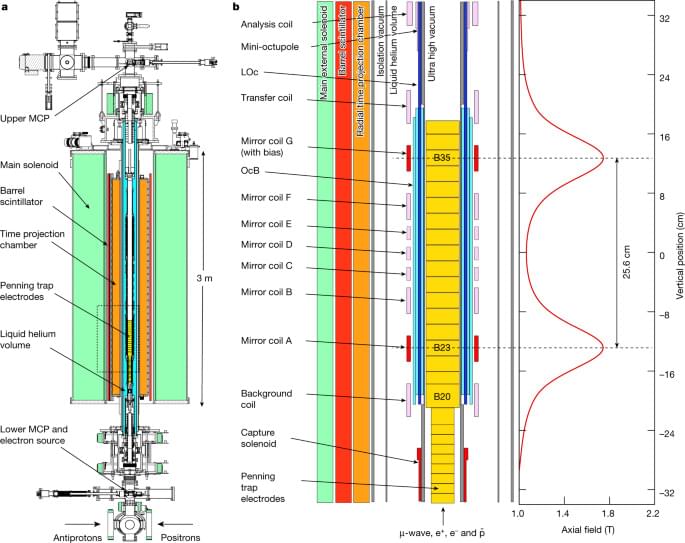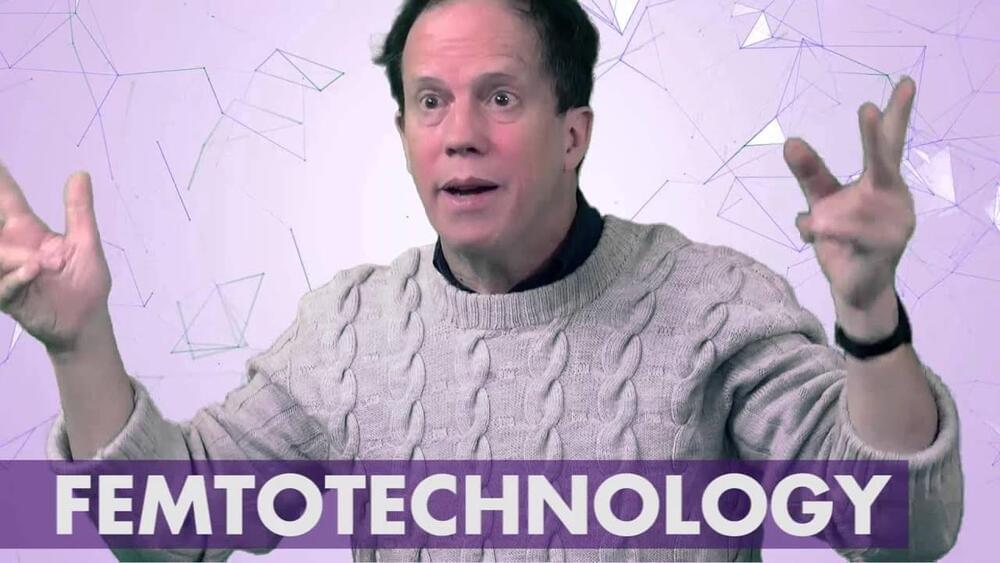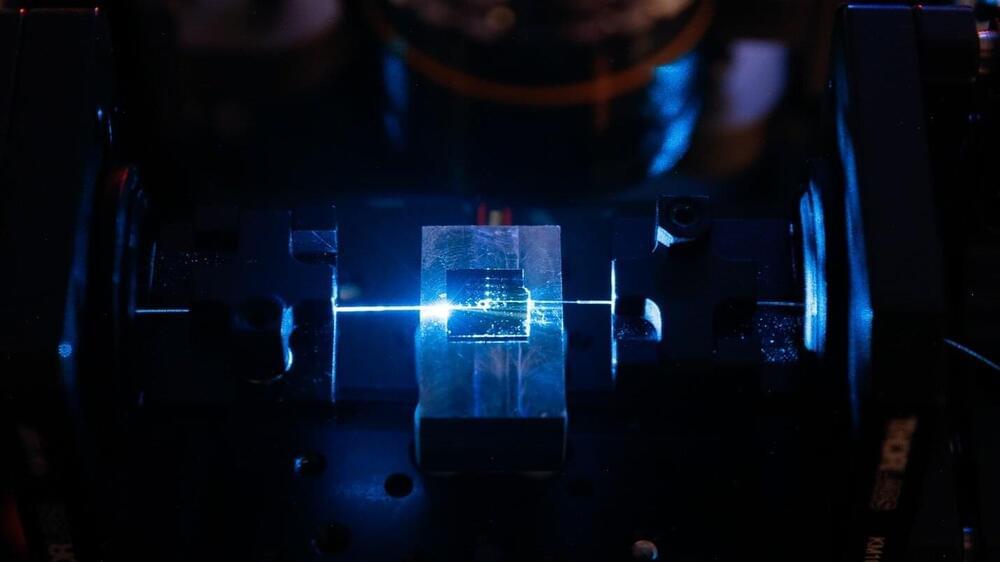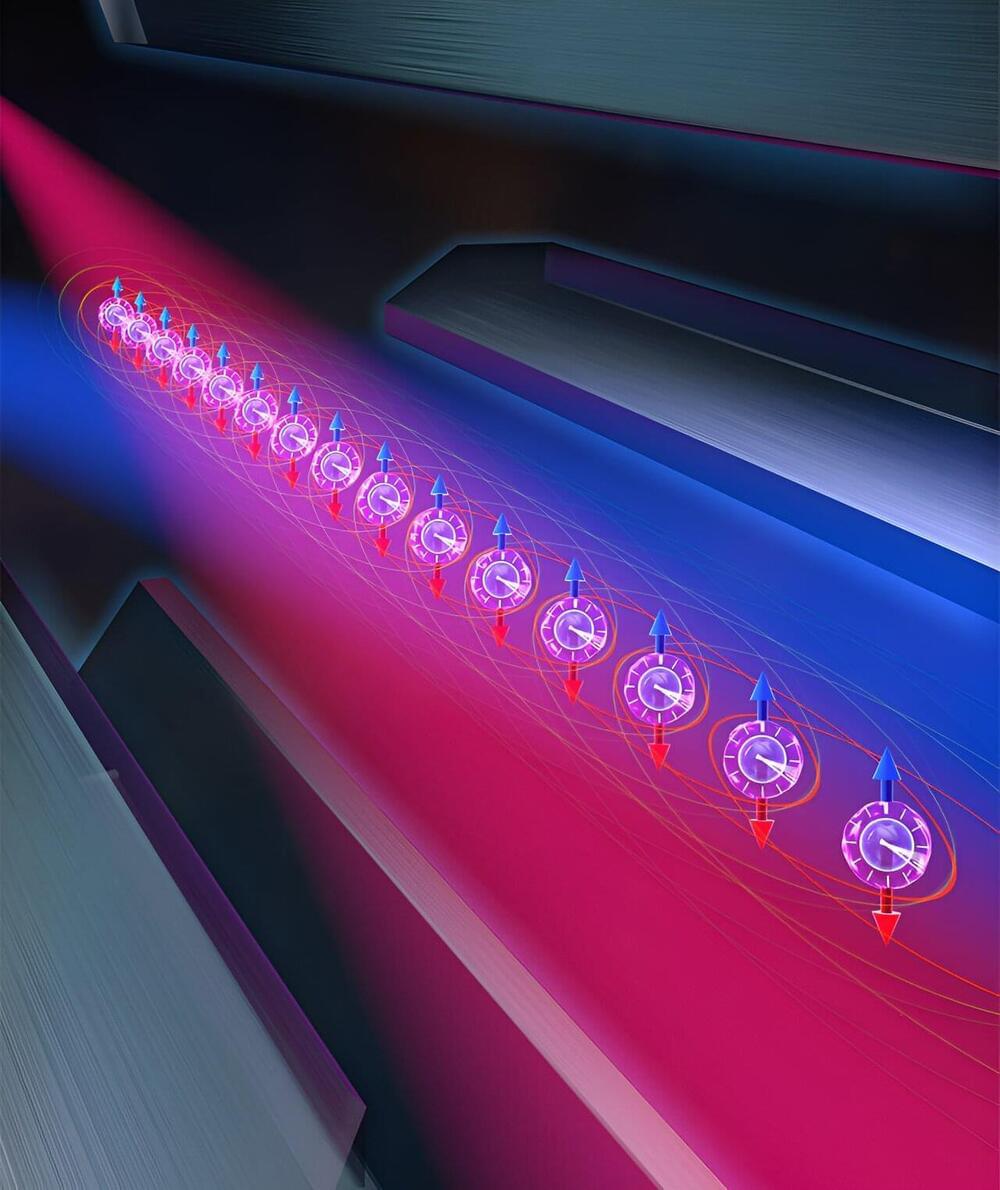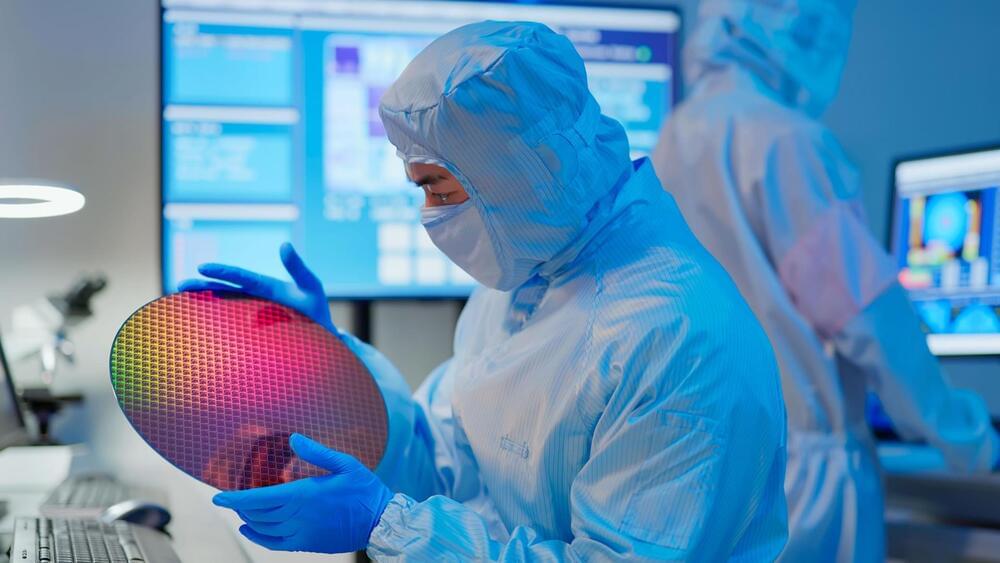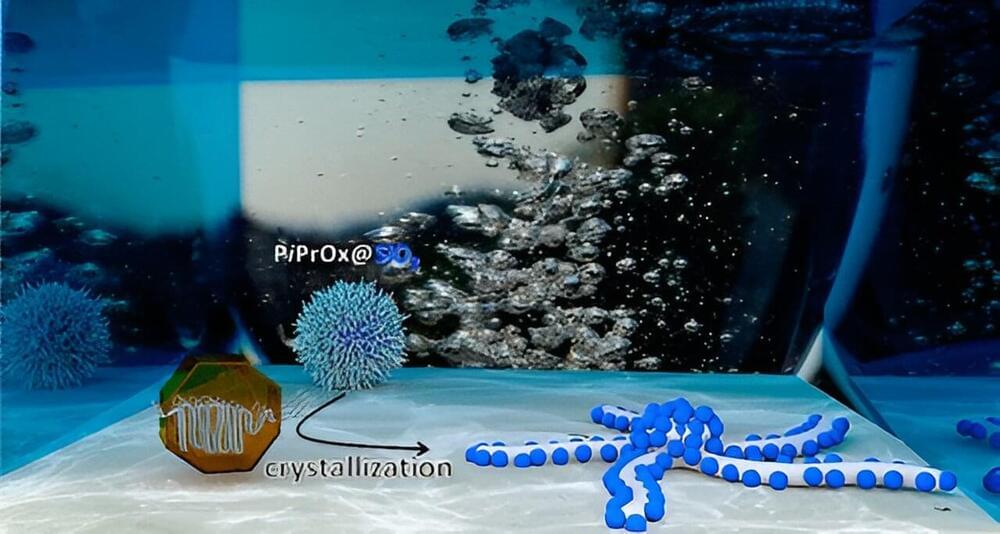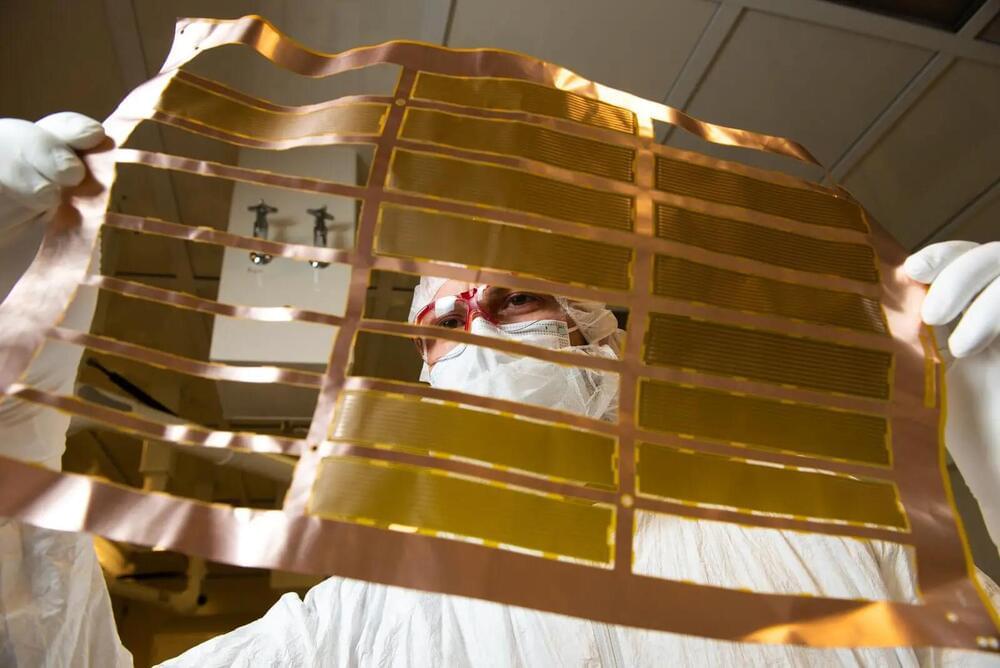Sep 28, 2023
Founded in 2021, Virginia-based Procyon Photonics is a startup aiming to change the future of computing hardware with its focus on optical computing
Posted by Genevieve Klien in categories: computing, particle physics
Founded in 2021, Virginia-based Procyon Photonics is a startup aiming to change the future of computing hardware with its focus on optical computing. What makes the company unique is that their entire team consists of current high school students, and its co-founder, CEO, and CTO, Sathvik Redrouthu, holds the distinction of being the world’s youngest CEO in the photonic and optical computing sector.
Optical computing represents an innovative leap from traditional computing, which relies on electrons moving through wires and transistors. Instead, this relatively nascent field seeks to harness photons — particles of light — as the fundamental elements in computational processes. The promise of optical computing is compelling enough that industry giants like IBM and Microsoft, among others, are heavily investing in its research and development.
Procyon is attempting to differentiate itself in this competitive landscape not just by its youth, but with their technology. The team is pioneering a unique, industry-leading optical chip, and has published a conference paper detailing how a specialized form of matrix algebra could be executed on an optoelectronic chip.
